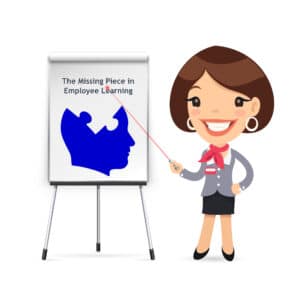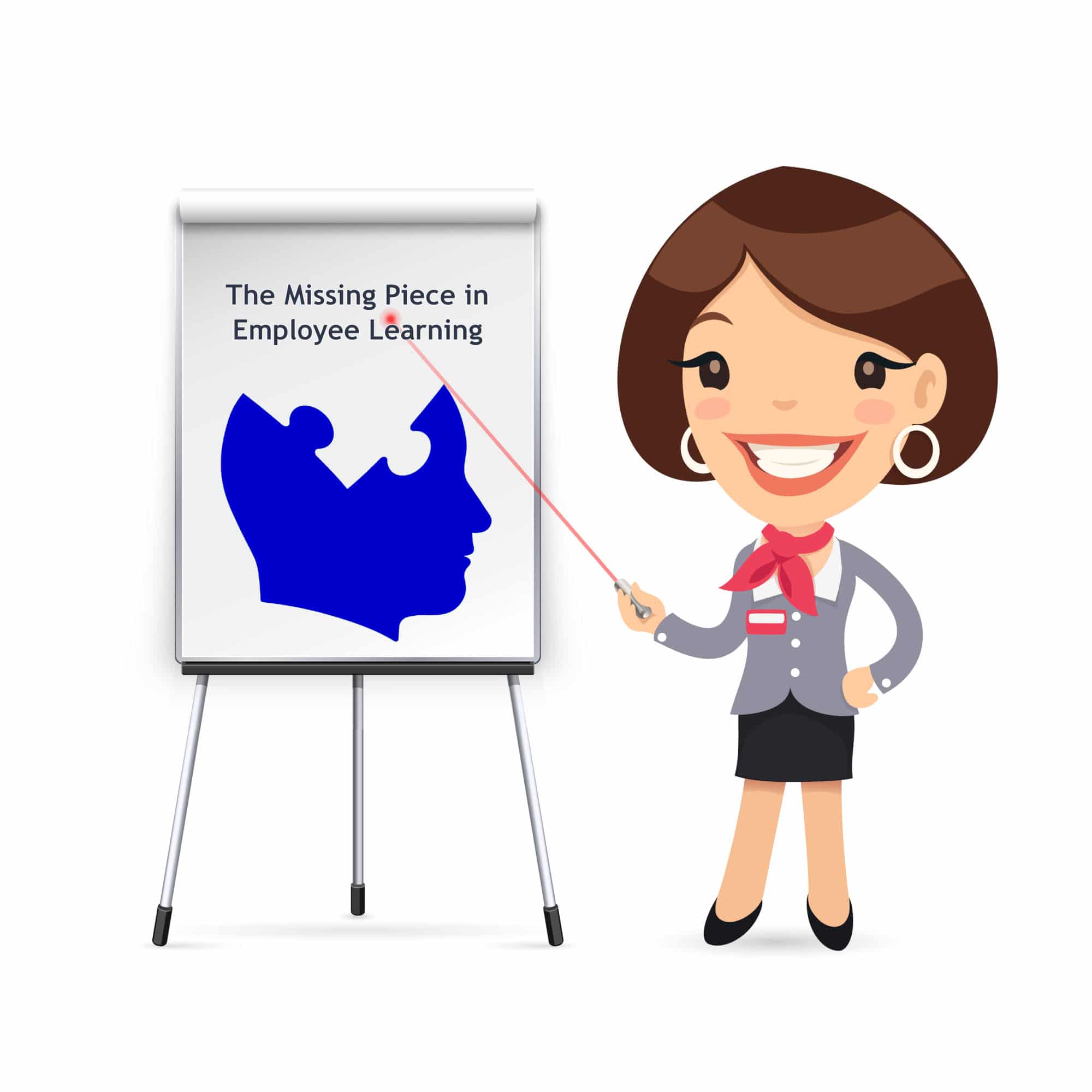Do your employees know HOW to learn?
Industry’s rate of change is forcing organizations to find ways to close the ever growing learning gap. Quick solutions that usually check off the learning strategy box include online or in-person classes, mentoring and coaching. However, organizations are often left scratching their heads when employees struggle to keep up with generic learning resources offered in their employee learning path. The most important factor to consider, and one that is often overlooked, is whether or not employees know HOW to learn.
 In the May/June 2019 issue of Training Magazine, on page 12, Ross Tartell, PhD, encouraged organizations to develop learning paths in order to keep up with the rate of change. He cited a 1997 Harvard Business Review article, “The Living Company” by Arie de Geus who said that, in the future, the ability to learn faster than competitors may be the only sustainable competitive advantage.
In the May/June 2019 issue of Training Magazine, on page 12, Ross Tartell, PhD, encouraged organizations to develop learning paths in order to keep up with the rate of change. He cited a 1997 Harvard Business Review article, “The Living Company” by Arie de Geus who said that, in the future, the ability to learn faster than competitors may be the only sustainable competitive advantage.
This is becoming a common theme in forward-thinking organizations. They are looking to the future and trying to sort out how to stay ahead of the competition, retain valuable employees, and onboard new talent effectively.
Two approaches to establishing effective Employee Learning Paths
Tartell advised using a two-pronged approach for establishing the right learning path; situational leadership and the 70/20/10 framework. Situational leadership requires leaders to know their employees enough to understand what they need to learn. From there, the 70/20/10 framework kicks in and employees are broken down by their capabilities. Tartell defines capable performers as the workers that use on-the-job learning and do it successfully. The theory is that 70% of employees fall into this group. The other 30% are the moderately capable employees as well as employees who are learning new tasks. Possibly, they are completely changing jobs and place of employment and need to learn new skills or they are brand new employees who are on-boarding and have few basic skills.
The belief is that moderately capable employees may benefit by having a mentor or a coach in order to help them come up to speed. Tartell states that these learners are usually open to learning new skills, yet they lack the confidence that they will be successful. Or, possibly, the employees need perspective to help make connections between what they are learning and what they already know.
There’s a problem, however, with assuming that mentoring and relationship coaching are the best way for your moderately capable employees to learn. This assumption excludes a crucial consideration: WHAT might be the cause of the employee’s difficulty with making connections? Why does the employee lack the confidence to acquire new skills? Without these answers, organizations waste valuable time and money on solutions that may not yield the desired results.
Often, these sound bites from the experts on training and development lack a key understanding that every astute teacher in the country knows…
Confidence is acquired when we know HOW to learn
Employees must believe that they have the intelligence to gain new skills and feel empowered to learn. Perspective is acquired only after they have the depth of understanding that enables them to consider different options. None of this has been addressed in any of the current literature provided to organizations on how to develop effective learning culture.
This “missing piece” is a recipe for frustration on the part of the organization, coach, mentor, and the employee.
One can not be an agile learner if they’ve never learned how to learn. That said, to assume that someone cannot learn HOW to learn is not only foolhardy and an insult to another human being, it’s also a significant deterrent to hiring the best, most capable employees. If HR dismisses applicants because they failed a learning agility test, they may miss hiring a divergent learner who excels at innovation and problem solving in the effort to hire someone who knows how to “do school” and pass tests.
Typically, schools don’t teach students how to learn. Personalization of Learning is a buzzword in education, but rarely is it something that’s fostered in the classroom. Organizations need to get this right. They need to retain top talent and onboard new and emerging talent, while also viewing learning in a multi-dimensional light that goes beyond training platforms and generic coaching. Organizations need to bridge the learning gap by looking at the missing piece: The gap between the learner and the training.
References:
Ross Tartell, PhD, “Soapbox” Training Magazine, May/June 2019, page 12, pubs.royle.com/publication/frame.php?i=583717&p=&pn=&ver=html5

